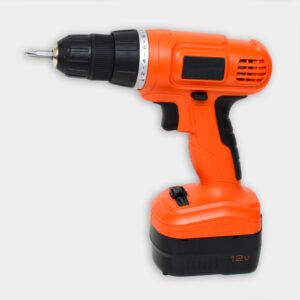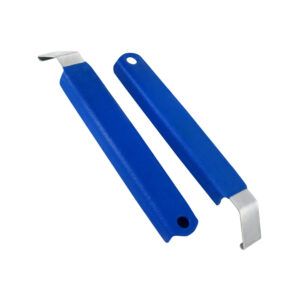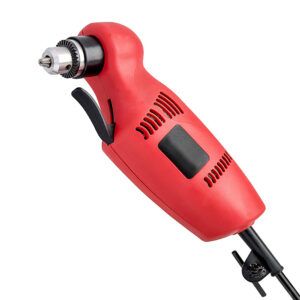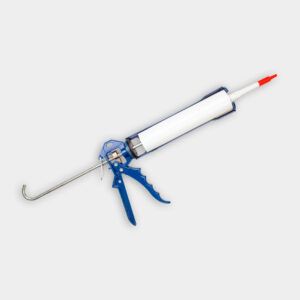Window planter boxes add charm to your home’s exterior while providing a spot to grow and view flowers, herbs, or small vegetables. Below, we walk you through the process of installing and planting window boxes so they’re secure and attractive. In the video above, This Old House general contractor Tom Silva demonstrates the proper techniques, while landscape contractor Roger Cook shares expert planting tips.
Window Boxes for Plants: How To Choose
You have some decisions to make before you start your window box project. First, window boxes come in various materials, each with their own advantages:
- Wood: Wood is the classic choice, known for its curb appeal and insulative properties. It can help protect plant roots in cold climates and is easy to paint or stain to complement your home. However, wood can deteriorate in the elements if not treated, and it’s prone to insect damage.
- Fiberglass: Fiberglass is both strong and lightweight. It can support a lot of weight without putting as much strain on mounting hardware as wood. It’s also weather-resistant, so it won’t crack or fade or rot or mildew. It’s the most expensive option, however.
- Metal: Metal window boxes are sleek and look great with industrial-style homes. It’s durable material and will last a long time. However, it can rust if not treated and absorbs the sun’s heat easily, potentially damaging plant roots.
- Plastic or resin: Plastic and resin boxes are much lighter than wood or metal, making them easier to install and less demanding on the mounting surface. They’re easy to clean and are highly resistant to moisture, rot, and insects. You can also get them in just about any color and style. The downside is that plastic doesn’t insulate as well as wood, meaning the soil and plant roots may be more vulnerable to temperature fluctuations.
The size and style of your window box should complement your home’s architecture. Measure the width of your window to determine the appropriate box length. Choose a depth of at least 8 inches to accommodate most plants.
Choose windows that receive the appropriate amount of sunlight for the plants you want to grow. South-facing windows typically get the most light, while north-facing windows get the least. The surface below the window must be strong enough to support the weight of the plant box, soil, and plants when wet.
Drainage Considerations
Your plants will need proper drainage. Look for boxes with predrilled drainage holes. If using a solid-bottom box, add your own drainage holes. It’s best to add these more toward the side of the box that’s farthest from your home’s exterior so that moisture doesn’t stain the side of your house as it drains.
Tools and Materials To Install Window Box Planters
Before mounting your window box, you’ll need the following tools and materials:
- Caulk gun
- Drill/driver
- Lag screws (5/16-inch diameter by 4 inches long)
- Level
- Pencil
- PVC cement (if using PVC brackets)
- Ratchet wrench
- Right-angle drill attachment
- Silicone caulk
- Tape measure
- Zip tool (for vinyl siding)
Mounting Hardware
Most window plant boxes are mounted using brackets. Choose brackets that can support the weight of the filled box, usually rated by weight capacity. Or, use corrosion-resistant screws and anchors appropriate for the material you’re mounting the box to (e.g., wood, brick, or vinyl siding). Make sure the screws are long enough to penetrate the wall and securely hold the weight.
Window Box Installation
Follow these steps to securely mount your window box:
- Locate the studs: If you have vinyl siding, use a zip tool to loosen the course below the window. Tap on the wall to find studs and mark their locations.
- Prepare mounting holes: Hold the window box in position and transfer stud marks. Drill reference holes through the box and into the siding.
- Create clearance: At each reference point, drill 5/8-inch holes through the siding to allow for movement.
- Secure mounting points: Drill 1/4-inch pilot holes into the studs through the clearance holes.
- Waterproof: Apply silicone caulk to each pilot hole to prevent water infiltration.
- Attach the box: Use lag screws to fasten the window box to the house, ensuring it’s level and secure.
- Add decorative elements: If desired, attach PVC brackets to the underside of the box using PVC cement for added visual appeal.
Preparing the Box for Planting
Once your window box is securely mounted, you’ll need to do a few things to get it houseplant-ready. Place landscape fabric in the bottom of the box to prevent soil from escaping through drainage holes. Pour about 1 inch of washed stone over the landscape fabric to improve drainage. If your box includes a self-watering reservoir, position it according to the manufacturer’s instructions. Use a high-quality potting mix designed for container gardening to fill the box, leaving enough space for the plants.
Choosing and Arranging Plants
Consider these factors when choosing plants:
- Climate: Choose plants suited to your hardiness zone.
- Growth habits: Mix upright plants with trailing varieties for visual interest.
- Seasonal interest: Include a combination of annuals and perennials for year-round appeal.
- Sun exposure: Select plants that thrive in the amount of sunlight your window box receives.
Group plants with similar water and light requirements. Leave enough space between plants to allow for growth. Cook demonstrates effective planting techniques in the video, showcasing a mix of annuals and perennials for a vibrant display.
Caring for Your Window Box
Check your window box’s soil regularly, especially during hot weather. Use the self-watering reservoir if installed, following the manufacturer’s guidelines. Water it when the top 2 inches of soil feels dry.
Fertilizing helps sustain plant health. Apply a balanced, water-soluble fertilizer every two weeks during the growing season, or use a slow-release fertilizer at the beginning of the season for consistent nutrition.
Regular pruning and deadheading encourage growth and blooms. Remove spent blooms to encourage continuous flowering. Replace seasonal plants as needed to keep the display fresh. Trim back overgrown plants to maintain the desired shape.





